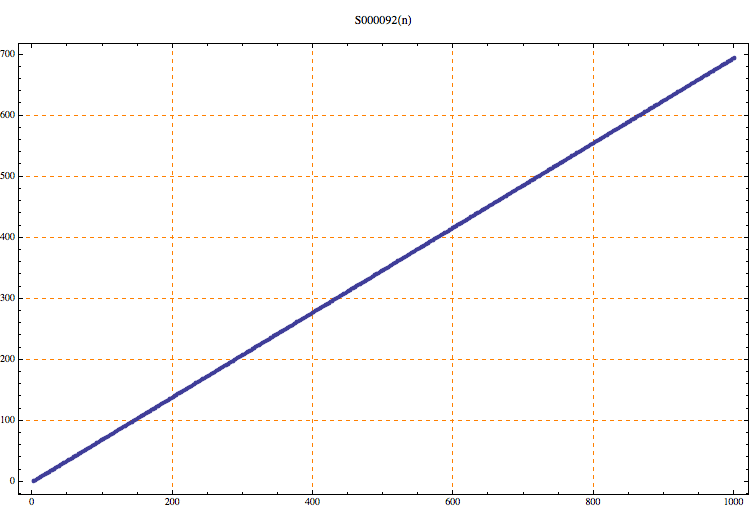Length of Lucas(n) when written in binary.
2, 1, 2, 3, 3, 4, 5, 5, 6, 7, 7, 8, 9, 10, 10, 11, 12, 12, 13, 14, 14, 15, 16, 16, 17, 18, 19, 19, 20, 21, 21, 22, 23, 23, 24, 25, 25, 26, 27, 28, 28, 29, 30, 30, 31, 32, 32, 33, 34, 35, 35, 36, 37, 37, 38, 39, 39, 40, 41, 41, 42, 43, 44, 44, 45, 46, 46, 47, 48, 48, 49, 50, 50, 51, 52, 53, 53, 54, 55, 55, 56, 57, 57, 58, 59, 60, 60, 61, 62, 62, 63, 64, 64, 65, 66, 66, 67, 68, 69, 69, 70
0
The same as A175406 for many digits after the 0-th.
T. D. Noe, Plot of terms 0..1000
T. D. Noe, Table of terms 0..1000
(Mma) Table[Length[IntegerDigits[LucasL[n], 2]], {n, 0, 100}]
Cf. A020909 (length of Fibonacci numbers written in binary notation).
Cf. A175406 (greatest integer k such that (1+1/n)^k <= 2).
Cf. S000058 (Lucas numbers written in binary notation).
nonn,base
T. D. Noe, Jun 23 2014
